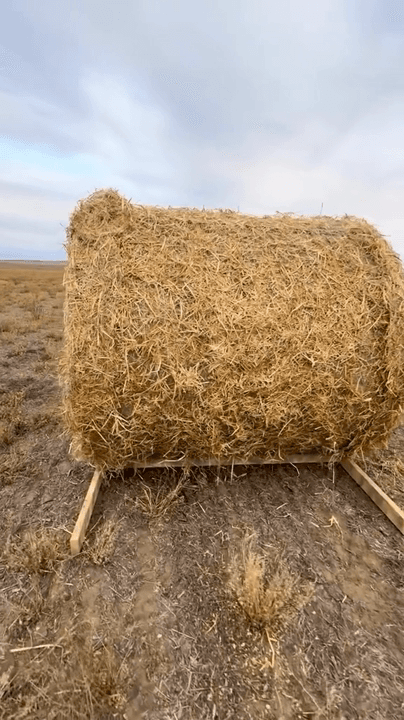
Hunting in MOLISE: Clubs, Laws and Legislation, Communities and Demographics. A Journey Through Untouched Nature and Time-Honored Traditions Molise, a lesser-known but charming Italian region, offers unique opportunities for hunting enthusiasts. Thanks to its geographical diversity and protected areas, this land is a true paradise for those who love nature and hunting traditions. Small game hunting in Molise is much more than a sport—it’s an opportunity to step back in time and experience the harmony between humans and nature. Let’s explore everything you need to know about hunting in Molise. Geographical and Natural Features for Hunting Molise, located in southern Italy, is a predominantly mountainous and hilly region with a short coastline along the Adriatic Sea. The Molise Apennines and the Matese Massif provide ideal habitats for wild boar, roe deer, and hares, while the hilly and flat areas are rich in pheasants, partridges, and foxes. The Mediterranean scrub, typical of the region, offers a perfect habitat for many species of wildlife. Wetlands, such as those along the Biferno River and Lake Guardialfiera, attract waterfowl. Demographics of Hunters In Italy, there are approximately 600,000 registered hunters. In Molise, with a population of 300,000 inhabitants, it is estimated that there are 2,000-3,000 active hunters (unofficial data, consistent with the region’s size). The hunting community is very active, with a strong passion for traditional hunting. Types of Hunting and Game Species In Molise, various types of hunting are practiced: Wild Boar Hunting: The most widespread species, especially in mountainous areas. Red Deer Hunting: In the National Park and surrounding areas (autumn season). Hare and Fox Hunting: Common in hilly areas. Migratory Game Hunting: Pheasants, quails, and ducks, particularly during migration seasons. Driven Hunts: Using tracking dogs, a deeply rooted local tradition. Protected Species: The Apennine wolf and golden eagle, symbols of the region, are strictly protected. Hunting Seasons Hunting seasons vary depending on the species: Wild Boar: October to January. Red Deer: September to December (males only). Hare and Fox: September to February. Migratory Game: Mid-August to late December. It is mandatory to respect regional calendars, which may vary annually to preserve ecosystems. Associations and Clubs The main regional associations include: Federcaccia Molise: Organizes training courses and surveillance activities. Arci Caccia Molise: Promotes sustainable hunting culture. Local Associations: Such as the Campobasso Hunters Group, active in organizing hunts and charitable initiatives. Regional Legislation Hunting in Molise is regulated by Regional Law No. 12/2007 and subsequent amendments: Mandatory License: Issued after passing an exam and completing a training course. Bag Limits: For example, 2 wild boars per hunter per season. Prohibitions: Hunting is banned at night, on ecological Sundays, and in protected areas. Weapons: Shotguns with barrels no longer than 60 cm and a minimum caliber of 12. Hunting Traditions Molise’s culture ties hunting to ancient rituals: Hunting with Tracking Dogs: Breeds like the Segugio Italiano are widely used. Patronal Festivals: In some towns, such as San Giuliano di Puglia, events feature game tastings. Traditional Cuisine: Dishes like wild boar stew and hare sausage are symbols of local tradition. Interesting Facts Matese Hunting Reserve: A privately managed area where hunting is conducted safely. Molise remains one of Italy’s least industrialized regions, preserving its pristine landscapes and rich biodiversity. Apennine Wolf Sighting: In 2022, a local hunter captured a rare Apennine wolf in the National Park, going viral on social media. Hunting in Molise means immersing yourself in pristine landscapes and respecting centuries-old traditions. Thanks to clear rules and a rich ecosystem, this region offers an authentic experience for those who love nature and the challenge of hunting. For more information, visit the Molise Region’s website or local associations. Happy hunting! #HuntingInMolise #WildBoarHunting #RedDeerHunting #MoliseHunting #ApennineWildlife #Italy #HuntingTraditions #MateseMassif #RoeDeerHunting #WaterfowlHunting #HuntingSeasons #HuntingCulture #FoxHunting #EthicalHunting #TrackingDogs #WildlifeConservation
Post: 22 May 14:42















































